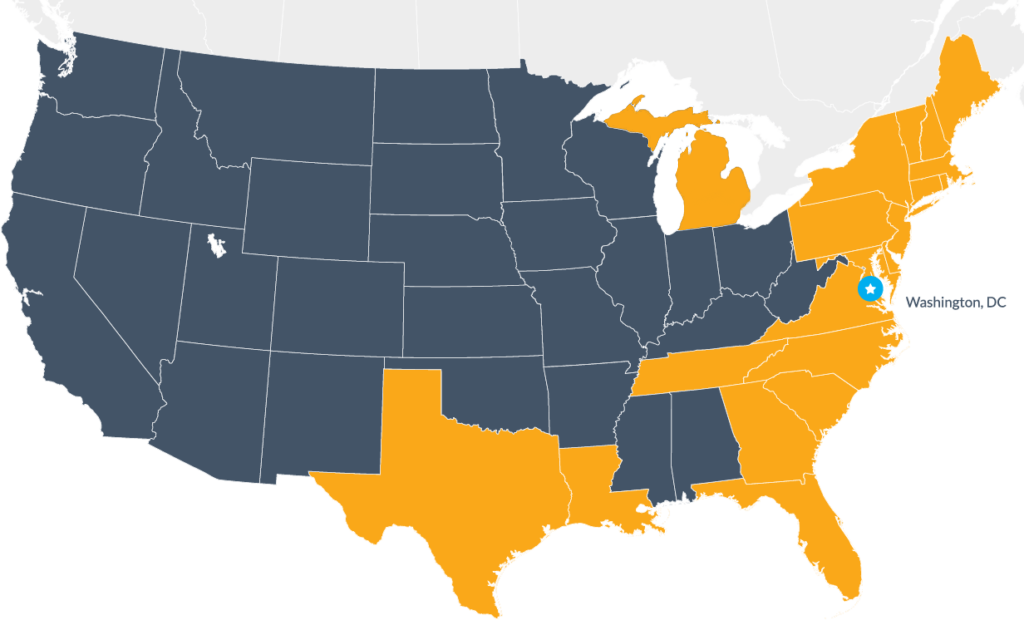We provide specialized expertise in the design of cold-formed steel (light gauge) structures. Having worked as whole building structural engineers, we know what engineers and architects are looking for when it comes to metal studs and framing. We provide CFS shop drawings with a quick turnaround time and fast approvals from architects and engineers. Check out our Portfolio & Resources section for samples of load bearing, multi-story load bearing, interior framing, exterior non-load bearing shop drawings and more.
Download individual shop drawings:
